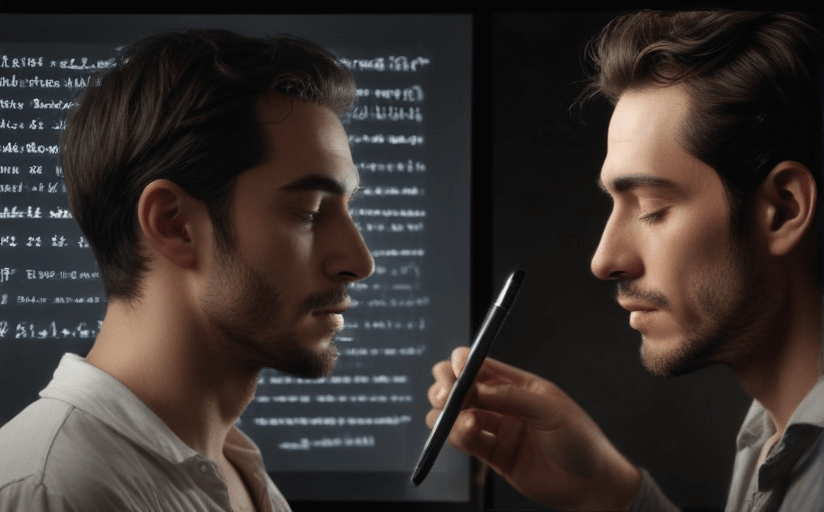Exploring the Impact of Digitalization on Modern Poetry: An In-Depth Analysis
With the upsurge of technology and the advent of the digital age, the nature of creativity in various art forms, including poetry, has witnessed a significant evolution. This article aims to explore the sweeping changes experienced by poetry, both in its production and consumption due to the influence of digitalization.
The Evolution of Poetry in the Digital Age
The poetry landscape has been dramatically reshaped by technology. The proliferation of social media platforms, digital publications, and audio-visual platforms like Youtube have not only widened the reach of poetry but also triggered deviation from traditional poetic styles and structures.
The digital sphere invites a more diversified readership and listenership, pushing poets to experiment various styles beyond the conventional boundaries. Social media platforms like Instagram have given rise to the “Instapoetry” genre wherein short, punchy, and visually appealing verbiage reign supreme.
Spoken Word and Performance Poetry in the Digital Era
Digitalization facilitated the rise of spoken word and performance poetry, breathing new life and rhythm into the poetic panorama. Platforms like Youtube provide poets a global stage to perform and share their art, attracting a younger audience who seizes the chance to engage with dynamic and relatable content of poetry. Similarly, podcasts on platforms like Spotify and iTunes offer poets the opportunity to share their work with an international listening audience.
Modulation of Poetry Styles, Structure, and Themes
The digital age tends to make poets bolder and more creative in their work art. It seems to encourage experimentation with free verse formats and contemporary themes related to identity, mental health, politics, and social justice among others. However, it has also resulted in briefer compositions with concise languages, diffusing the traditional intricate structure of poetry.
Digitalization: Advancement or Stifler?
While digitalization offers poets broader accessibility and diversity in expression, it has generated its fair share of criticism. Detractors argue that the simplification of languages and themes may diminish the depth and aesthetic complexity that marked the art form. Critics bemoan that the attention span dictated by digital platforms may minimalize the painstakingly crafted visuals by an artist.
Conversely, creators argue that this digital revolution has democratized poetry, making it more accessible and multi-dimensional. They believe digitalization connects audiences and poets in a way that was previously unimaginable, fostering more diverse and inclusive poetic communities.
In conclusion, whether perceived as an advancement or hurdle, digitalization has undeniably transformed the vista of poetry. Yet amidst its pros and cons, the essence of poetry— to enlighten, entertain, provoke thoughts and emotions— continues to endure.
``` Here is a brief overview of how this article has been structured: - 1. Header (H1): Article title, Exploring the Impact of Digitalization on Modern Poetry. - 2. Introduction: Brief description of the topic and scope of the article. - 3. Sub-heading (H2): The Evolution of Poetry in the Digital Age. - 4. Sub-heading (H2): Spoken Word and Performance Poetry in the Digital Era. - 5. Sub-heading (H2): Modulation of Poetry Styles, Structure, and Themes. - 6. Sub-heading (H2): Digitalization: Advancement or Stifler? - 7. Conclusion: A summarizing paragraph to end the discussion.



















Comments
Leave a Comment